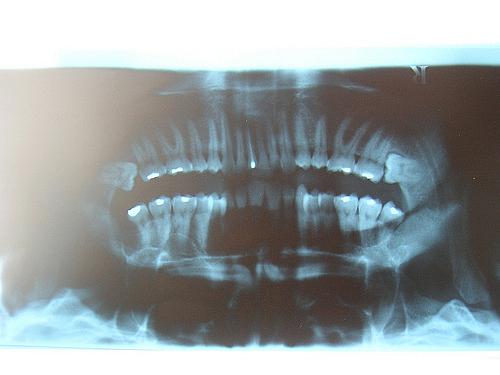Ecological Anxiety: How Much Radiation is Too Much?

When I last wrote about the Radium Room at Magnuson Park, I’m sure many of you wondered whether decades old particles of glow-in-the-dark paint could possibly pose a threat to today’s kids playing on inflatable toys or in soccer fields nearby.
As with most things involving radiation, the answer is: it depends.
I’m going to attempt to walk through the different levels of radiation exposure analysis over a series of posts. The topic is complex, but I promise to keep it as simple as possible.
Let’s start with background radiation. You learn this at some point in school, but many of us forget. We are being radiated all the time. The U.S. Nuclear Regulatory Commission (NRC) estimates that the typical American is exposed to about 300 millirems per year of radiation from natural background sources. The thinking is that this is a tolerable level of radiation. To understand what a millirem is, consider that a dental X-ray doses you with about 10 millirems of radiation. Every year, it’s as if you are undergoing 30 dental X-rays without ever setting foot in a dentist’s office.
Here's how the NRC defines background radiation:
The natural radiation that is always present in the environment. It includes cosmic radiation which comes from the sun and stars, terrestrial radiation which comes from the Earth, and internal radiation which exists in all living things.
Internal radiation? You mean we’re all walking around sending radioactive waves to each other? Kinda.
And it adds up to quite a bit of our daily radiation exposure. By many estimates, our internal radiation alone accounts for about 11% of our daily radiation dose. Here’s how an Ohio State University Extension and Rutgers University fact sheet explains it:
Isotopes of potassium and carbon are the primary sources of internal radiation exposures. Potassium is an essential mineral for life. The Potassium-40 isotope (0.01 percent of all potassium) is naturally radioactive. Carbon makes up about 23 percent, by weight, of the human body. Cosmic radiation creates radioactive Carbon-14, which is an even smaller percentage of all carbon. Potassium and carbon enter the body through the food chain. The average American receives a dose of about 40 mrem per year from internal radiation.
Think about that the next time you peel a banana. And note, too, that when scientists and public health officials talk about “internal radiation,” they often mean that a person has ingested radioactive materials unintentionally or been contaminated internally after skin exposure to radiation.
Have your own ideas about radiation in public places? Send me a note at askantidote [at] gmail [dot] come or via Twitter @wheisel.
Image by Lee J. Haywood via Flickr
Here are more of Heisel's blogs on the subject:
Ecological Anxiety: Is There Radiation Where the Children Play?
Ecological Anxiety: Radiation Fears Stoked by History, Politics, and Propaganda
Ecological Anxiety: How Far Does Seattle Park's Radiation Contamination Reach?
Ecological Anxiety: Radiation Can Harm Drip by Drip Or With One Big Blast

